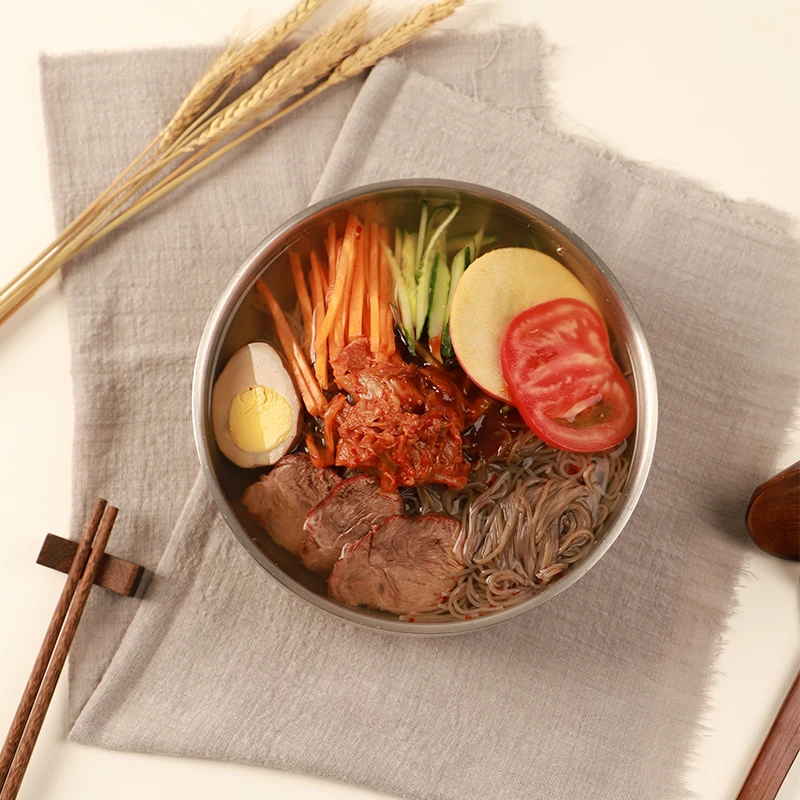Best Types of Pasta for Diabetics to Manage Blood Sugar Levels Effectively
Which Pasta is Better for Diabetics?
Pasta is a beloved staple in many diets around the world, but for those living with diabetes, the type of pasta chosen can make a significant difference in blood sugar control. It's important to select pasta varieties that minimize blood sugar spikes while providing the necessary nutrients to maintain overall health. In this article, we will explore which pasta options are better for diabetics, taking into consideration glycemic index, fiber content, and nutritional value.
Understanding Glycemic Index
The glycemic index (GI) measures how quickly foods raise blood sugar levels. Foods with a high GI can cause rapid increases in blood sugar, making them less ideal for diabetics. Traditional white pasta typically has a high GI due to its refined carbohydrates. This means that, while it may taste good, it can lead to unstable blood sugar levels. Alternatively, lower-GI foods are digested more slowly, leading to more gradual increases in blood sugar—an important factor for anyone managing diabetes.
Whole Grain Pasta
Whole grain pasta, made from whole wheat flour, is often a better choice for those managing diabetes. It generally has a lower GI than traditional pasta and provides more fiber. Fiber is crucial for diabetics as it slows the digestion process and promotes better blood sugar stability. Whole grain pasta retains more vitamins and minerals compared to its refined counterpart, making it a healthier option as well. This type of pasta also contains complex carbohydrates that provide sustained energy.
Legume-Based Pasta
Another great option for diabetics is legume-based pasta, made from ingredients such as lentils, chickpeas, or black beans. These pastas are typically higher in protein and fiber and lower in carbohydrates than traditional pasta. The combination of high fiber and protein helps to slow digestion, resulting in a lower impact on blood sugar levels. Furthermore, legume-based pasta can add variety to meals, allowing for new recipes and tastes while keeping blood sugar levels in check.
which pasta is better for diabetics

Whole Wheat Couscous and Quinoa
While not pasta in the traditional sense, whole wheat couscous and quinoa serve as excellent alternatives for those with diabetes. Whole wheat couscous has a lower GI than most traditional pastas and still provides a comforting texture. Quinoa, on the other hand, is a complete protein rich in amino acids and also offers a moderate GI. Both options can serve as a base for nutrient-dense meals when paired with vegetables and lean proteins.
Vegetable Noodles
For those looking to reduce carbohydrate intake even further, vegetable noodles (often referred to as zoodles when made from zucchini) can be an innovative replacement for traditional pasta. These alternatives are low in calories and carbohydrates while being high in vitamins and minerals. While they might not provide the chewy texture of pasta, they can be easily tossed with sauces, proteins, or vegetables to create a satisfying meal.
Tips for Preparing Pasta for Diabetics
Regardless of the pasta type chosen, preparation methods can also influence its impact on blood sugar. Al dente pasta—slightly firm to the bite—has a lower GI compared to overcooked pasta because it takes longer for the body to digest. Furthermore, pairing pasta with high-fiber vegetables, lean proteins, and healthy fats can help balance meals and minimize blood sugar spikes.
Conclusion
In summary, diabetics can still enjoy pasta by choosing varieties that are lower in GI and higher in fiber and nutrients. Whole grain pasta, legume-based pasta, whole wheat couscous, quinoa, and vegetable noodles all present delicious alternatives that can fit into a balanced diet. By being mindful of portion sizes and combining these options with other nutritious ingredients, individuals with diabetes can maintain better control over their blood sugar levels while enjoying a variety of flavors and textures in their meals. Remember, the key lies in making informed and healthy choices!
-
Is Whole Wheat Pasta Healthy?NewsMay.30,2025
-
Are Soba Noodles Good for Weight Loss?NewsMay.30,2025
-
Are Buckwheat Soba Noodles Healthy?NewsMay.30,2025
-
Are Buckwheat Soba Noodles Gluten Free?NewsMay.30,2025
-
Are Buckwheat Noodles Good for You?NewsMay.30,2025
-
A Healthy Way to Savor Soba and Spicy FlavorsNewsMay.30,2025
-
What Are Lanzhou Noodles?NewsMay.30,2025
Browse qua the following product new the we

















































































































